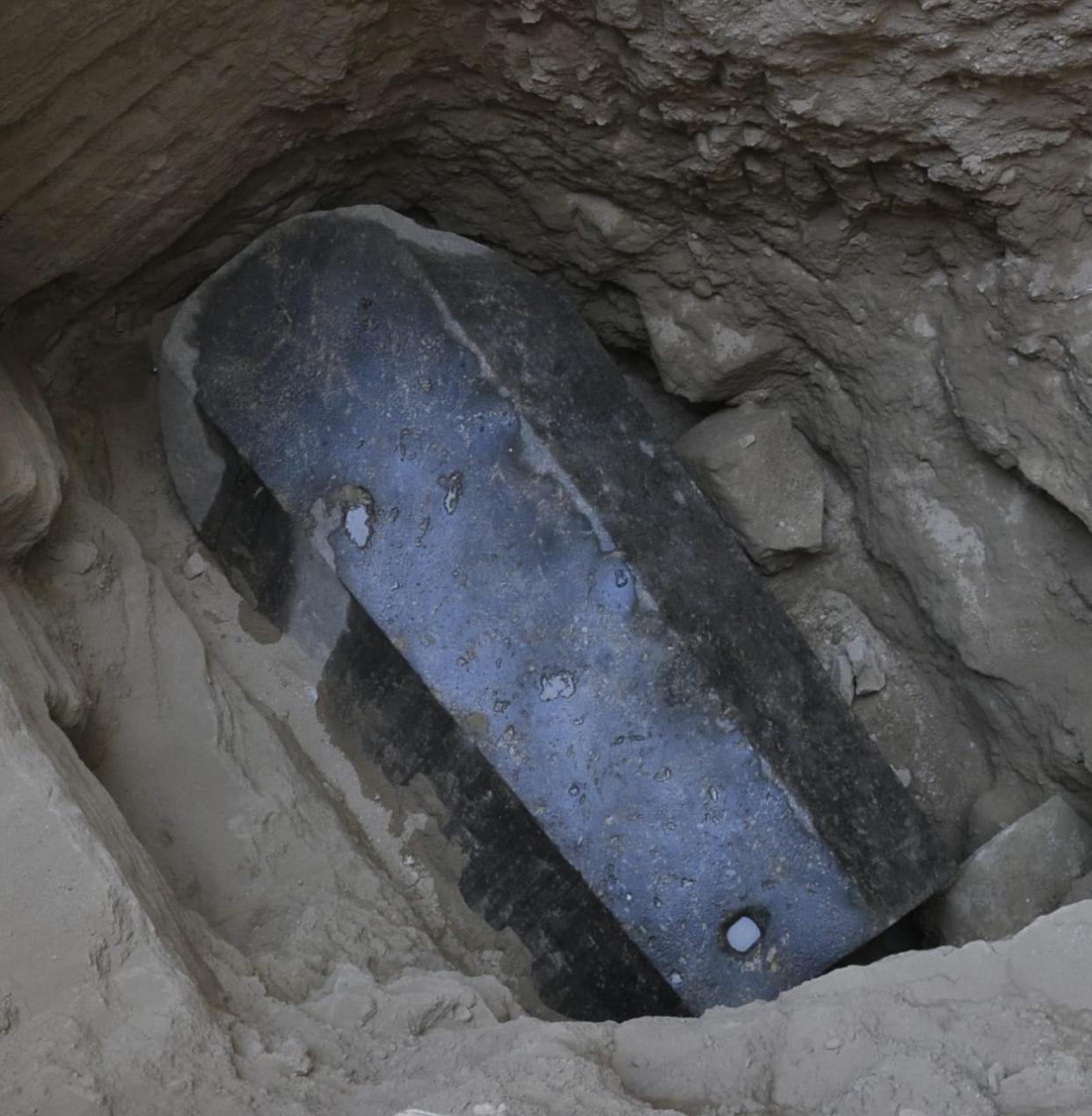Black sarcophagus unearthed in Egypt... and it's still sealed
An ancient sarcophagus made of black granite was uncovered recently in the Sidi Gaber district of Alexandria, Egypt, according to news reports.
Because the lid was sealed with mortar, experts believe the coffin has not been opened in 2,000 years, Smithsonian Magazine said. That is unusual because looters have picked through a multitude of tombs over the centuries.
The size of the sarcophagus is of particular significance, Science Alert said. It measures 72.8 inches by 104.3 inches by 65 inches and is the largest coffin ever found in Alexandria.

Photo Credit: Getty
The tomb, which is believed to date to the Ptolemaic period, running roughly from 305 B.C. to 30 B.C., was found about 16 feet below ground during archaeological excavations ahead of construction of a new building, Smithsonian said. Also found in the tomb was a worn alabaster bust, perhaps a depiction of the man whose body was buried in the coffin. The identity of the body is unknown.
Alexandria, founded by Alexander the Great, had been ignored by archaeologists for decades because a city of 5 million people had been constructed over the ruins, Andrew Lawler of Smithsonian said. But recently more effort has been made to find and preserve antiquities there.

Photo Credit: Getty
This article originally appeared on HuffPost.




